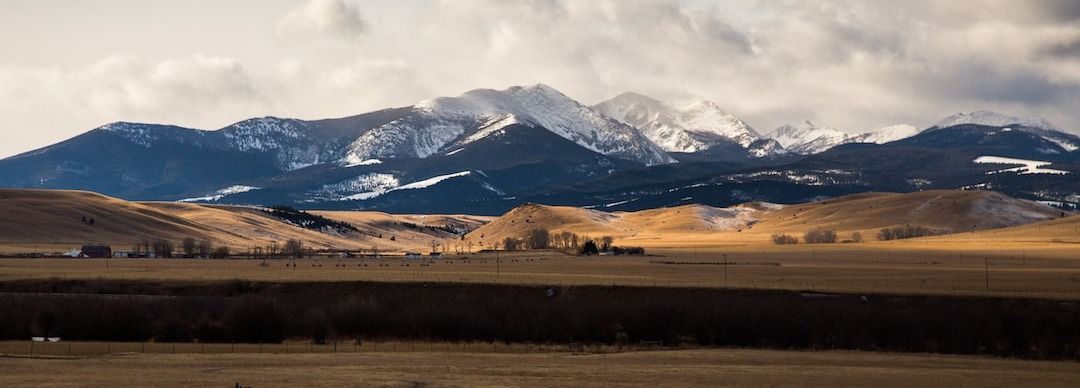Think you can complete your BEAD application in 90 days? Think again.
January 18, 2024
If you're waiting for your state's application, you'll be too late.

State administrators are scrambling to hire staff to manage the influx of billions in broadband funding.
They’re are gearing up for billions of dollars coming their way as a result of federal funding initiatives, such as the Infrastructure, Investment and Jobs Act.
The IIJA, which allocates $42.5 billion to states to disburse to Internet Service Providers and local communities to build out broadband networks to unserved and underserved areas, mandates that the National Telecommunications and Information Administration must issue a Notice of Funding Opportunity six months after the law’s passage. That would be May 16th.
States then have to formulate their applications. Many states already have experience, resources and staff to do this — but not on the scale that is being proposed by the federal legislation.
Virginia, which opened its broadband office in its Department of Housing and Community Development in 2019, is on the hunt for four additional members of project management staff. The hires will bring the state’s Office of Broadband staffing level to 12. Together, they will be managing more than $2 billion in state and federal grants and other leveraged funds.
Broadband.money estimates that Virginia will receive $958,917,185 for broadband grants from the Infrastructure, Investment and Jobs Act, and $219,812,354 from the Treasury Department’s Capital Projects Fund, which comes from the American Rescue Plan Act (ARPA.)
The four new members of staff will be project managers. One of them will manage Virginia’s $16 million line extension program. That’s a program that subsidizes broadband companies’ buildouts to homes that are currently located a little beyond the reach of their lines. (Though houses may only be 1,000 feet from the end of the line, telecom companies often want to charge residents as much as $20,000 to extend their lines, says Dr. Tamarah Holmes, Virginia’s broadband office director.)
Holmes’ office is filled with grant managers, planners, engineers, policy analysts and compliance staff.
“We’re going to hire someone because we have to build a dashboard, a public facing dashboard on the progress of the project that they’re building out from ARPA funding. So we have someone to be able to collect all that data,” Holmes tells Broadband.money in an interview.
Virginia is just one example of what’s happening across the rest of the country.
Texas was looking for a Broadband Program Coordinator in early February. Maryland was looking for a senior program manager for broadband infrastructure around the same time. That person will be overseeing the allocation of $300 million. New York was also looking for a director of program design. That team would be overseeing the disbursement of $1 billion, according to a tweet by Scott Rasmussen, acting director for New York State’s ConnectALL office.
Colorado and Connecticut recently went through hiring processes for broadband directors. Washington State is currently looking for one. Colorado hired Brandy Reitter in February. Connecticut hired Kevin Pisacich.
Broadband offices coordinate broadband expansion efforts. They create scoring criteria and issue grants to ISPs and local entities to reach areas neglected by commercial interests in the underserved and unserved communities. They also co-ordinate by creating maps of broadband availability, helping local governments with technical issues and training and increasing public awareness on broadband access issues.
State broadband offices will need to manage all the planning, logistics and coordination for a smooth, streamlined and successful rollout of incoming infrastructure funds, as well as oversee matching of local, federal and private funds.
States will be applying to the NTIA for funding based on formulas outlined in federal legislation – formulas that depend on Federal Communications Commission-produced maps of broadband network access which identify underserved and unserved areas such as low-income neighborhoods and rural communities.
Based on these formulas, states will give grants to internet service providers, who will use them to build broadband infrastructure in the underserved and unserved areas.
Anna Read, senior officer of The Pew Charitable Trusts’ Broadband Access Initiative, says that a state broadband staff is critical to implementing broadband policies.
“While their structures vary, these programs share many similarities, including working with local officials and other stakeholders to close gaps in service, managing data on broadband access, and administering grant programs” said Read.
Read says that Pew is aware of “a dedicated office or agency working to expand broadband access” in 49 states.
The offices are central to determining how much of broadband funds are allocated to each state. Read says they are “well positioned” to lead mapping and creation of broadband plans.
“In many states, like these examples from Minnesota, Oregon, and Washington; the legislation that created broadband offices directly tasks those offices with mapping and planning activities,” she said.
Planning activities by offices involve:
Peggy Schaffer, executive director of ConnectMaine, says she is somewhat concerned by staffing issues in state broadband offices, but that at the same time offices are rapidly expanding their staff. The Maine Connectivity Authority, a sister agency, is adding 10 members of staff to its extant staff of two.
“I know state agency broadband leaders, we're all little nervous because it's a lot of money, right?” said Schaffer, “And a lot of responsibility. And most of our offices have very few people.”
“States are staffing up quick. They're stepping up quick. They're hiring people, and they're looking for specific skills. They're looking for finance people to make sure we spend the money right. They're looking for, for grants management, they're looking for community people,” she said.

January 18, 2024
If you're waiting for your state's application, you'll be too late.

January 09, 2024
The big sky state joins a small list of eligible entities that have kicked off their broadband challenge process.